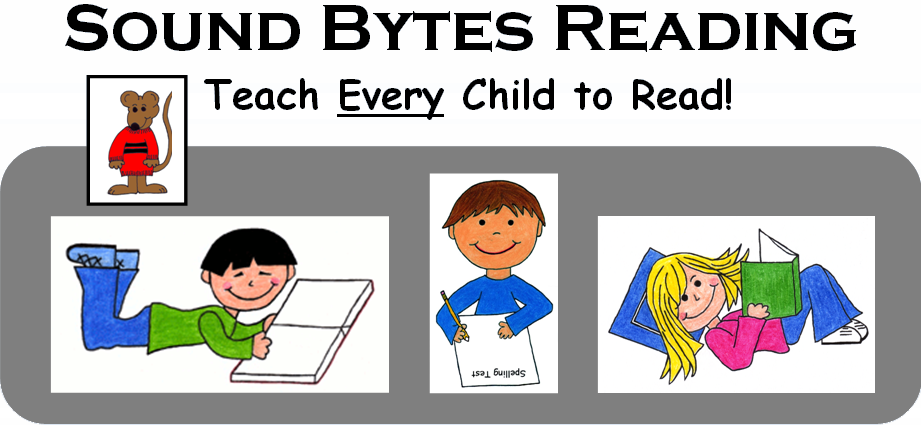Beginning Reading and Learning Handwriting – Part 1

Some children are interested in learning to write at a very young age while others are not interested at all. Learning to write A-B-C’s and numbers and one’s name are considered to be very basic writing skills and some children learn how to do these things before entering school.
Some school programs teach children to write only capital letters in kindergarten and then teach writing lowercase letters in first grade. They do this because it is easier for children to write capital letters when they begin to learn to write. Children who learn to write only the uppercase letters may find reading difficult until they have also learned to recognize and write lowercase letters. This can have a negative effect on early reading because stories are written mostly in lowercase letters. Capital letters in stories are used only where necessary, such as at the beginning of sentences, for proper nouns, and in titles.
There are many handwriting practice booklets on the market that will help your student learn to write letters. Some programs begin with vertical and slanted strokes and then combine them to make letters such as: A, E, F, H, I, K L, M, N, T, V, W, X, Y, and Z. They then move on to teaching students to form circles and half circles and then teach them to write these letters: B, C, D, G, J, O, P, Q, R, S, and U.
If children are able to write capital letters they can learn to write lowercase letters. These are just a bit more difficult because they have more curved lines (a, b, c, d, e, f, g, h, j, m, n, o, p, q, r, s, and u) than capital letters do. Many handwriting booklets just present letters in alphabetical order. Keep in mind that short practice sessions are easier for young students to tolerate than long sessions. You can determine which type of handwriting program is best for your student.
If you want to teach writing and spelling in conjunction with learning to read as recommended in Sound Bytes Reading, have your students practice writing lowercase letters in the order that they are presented in the reading program.
